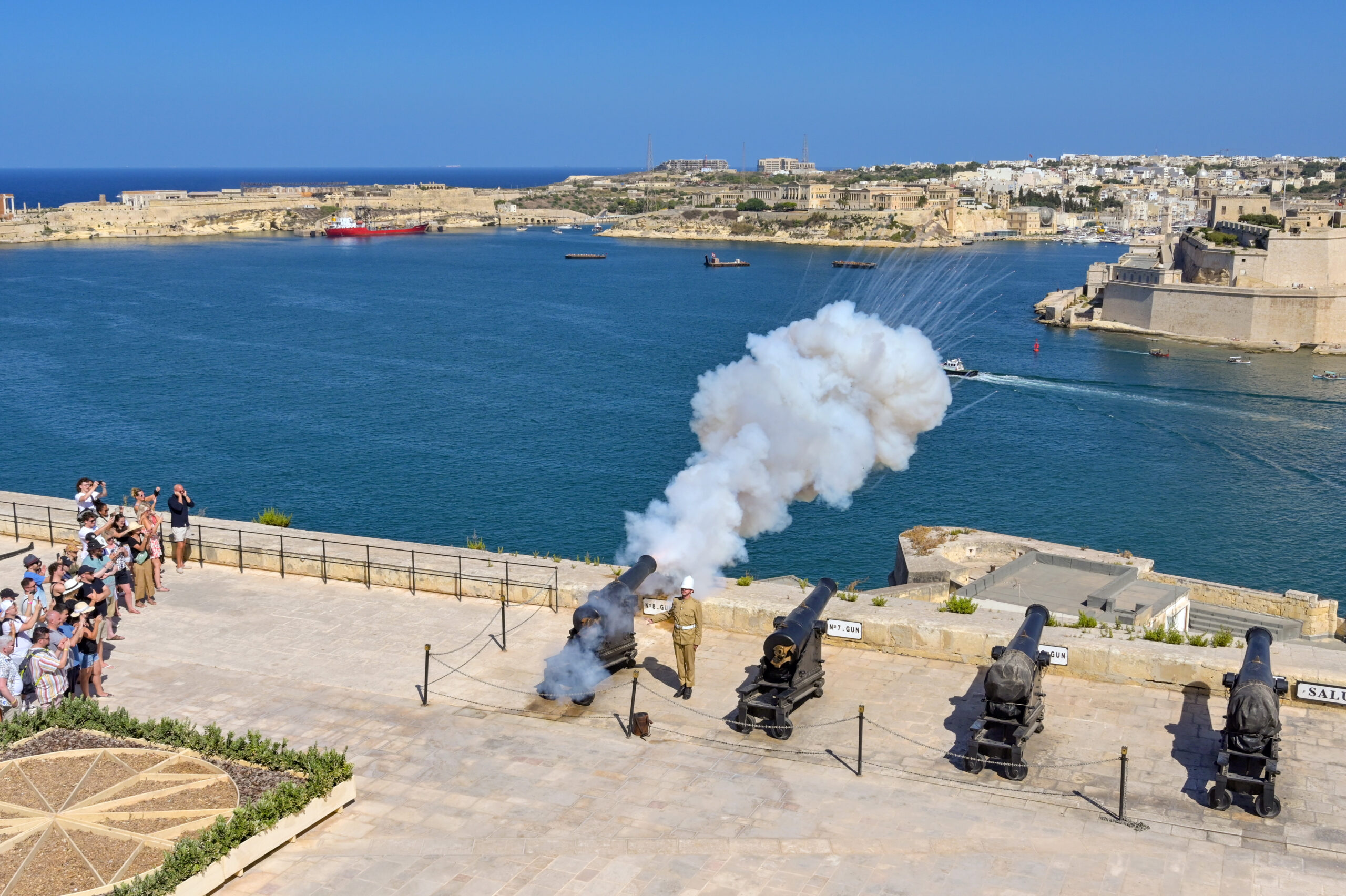When you imagine a Medieval city, it probably looks a lot like Valletta, Malta, with its high walls, moats, and narrow cobblestone streets. These elements combine to create a fortified, atmospheric setting that transports you back in time, revealing its creators’ strategic genius and architectural prowess.
Valletta, the charming capital of Malta, offers a unique blend of history, culture, and modernity. Whether you are a history enthusiast or simply looking for a serene getaway, Valletta is a destination worth exploring. It’s a gem of any Mediterranean cruise itinerary.
Why should you consider Valletta for your next travel adventure? Here are seven compelling reasons:
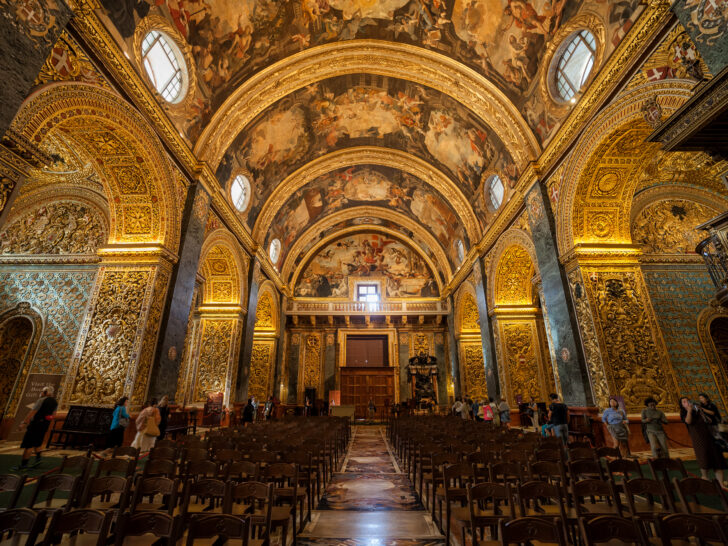
1) St. John’s Co-Cathedral
St. John’s Co-Cathedral is a must-see in Valletta. Located in the city’s heart, this Roman Catholic cathedral is dedicated to Saint John the Baptist and showcases beautiful Baroque architecture.
The Knights of Malta built the cathedral between 1572 and 1577. Its interior is lavishly adorned with gold decorations, intricate carvings, and marble floors. You’ll also see Caravaggio’s most significant painting.
2) Grand Harbour
The Grand Harbour of Valletta is one of the largest natural harbors in the Mediterranean, offering breathtaking views and a rich history. Enjoy a leisurely boat trip to reveal breathetaking vistas and historic sites across the harbor. For a more personalized experience, consider a private boat tour. Don’t miss the historic saluting battery, established over 500 years ago, where you can watch the cannons being fired during special ceremonies. Explore nearby restaurants and shops along the harbor for a perfect blend of scenic beauty and cultural depth.
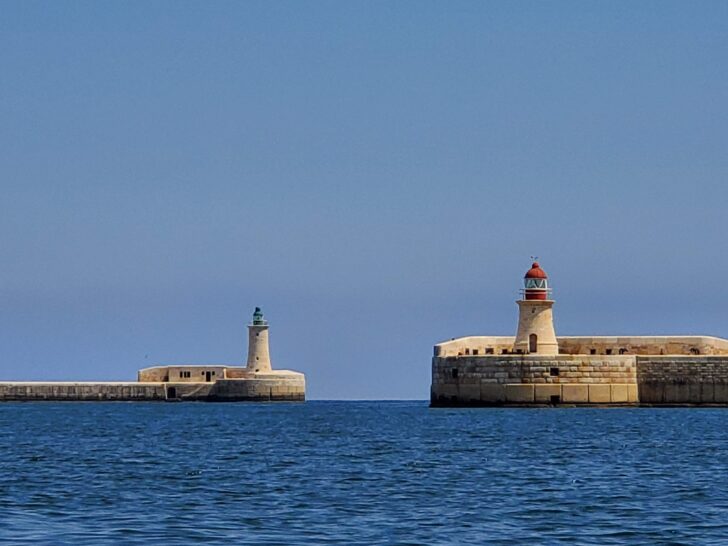
3) Upper Barrakka Gardens
Upper Barrakka Gardens provides a serene escape with spectacular views of the Grand Harbour. Created as a recreation area for knights, they opened to the public in 1800. Visit the terraced arches built in 1661 and the Upper Barrakka Lift, which links the Grand Harbour to the gardens and city center. Don’t miss the daily cannon firing ceremony at noon and 4 PM. With lush greenery and historic elements, Upper Barrakka Gardens offers a perfect mix of nature and culture.
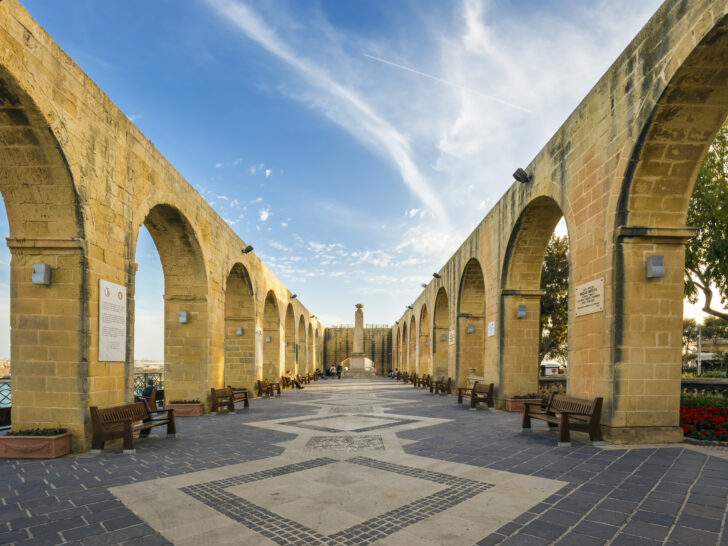
4) The Malta Experience
The Malta Experience is a fascinating audio-visual show that dives into Malta’s rich history. This 45-minute documentary, housed in a panoramic auditorium, offers a comfortable and engaging viewing experience. After the show, enjoy a 30-minute guided tour of La Sacra Infermeria, a historical hospital built by the Knights of St. John. This experience is perfect for gaining context and background for exploring Valletta.
5) Casa Rocca Piccola
Casa Rocca Piccola is an impressive 16th-century palace that offers a unique glimpse into the history and lifestyle of the Maltese nobility. Still inhabited by the noble de Piro family, this palace features a beautiful garden with orange trees and lush plants. Often described as a “living museum,” Casa Rocca Piccola showcases well-preserved artifacts and furnishings. Guided tours provide deeper insights into its history and architecture.
6) Auberge de Castille
Auberge de Castille, built in 1573 for the Knights of the Langue of Castile, León, and Portugal, is perched at Valletta’s highest point. Now serving as the office of the Prime Minister of Malta, its ornate Baroque exterior is worth the visit. Located near landmarks like Saint James Cavalier and the Upper Barrakka Gardens, Auberge de Castille offers commanding views and a rich history.
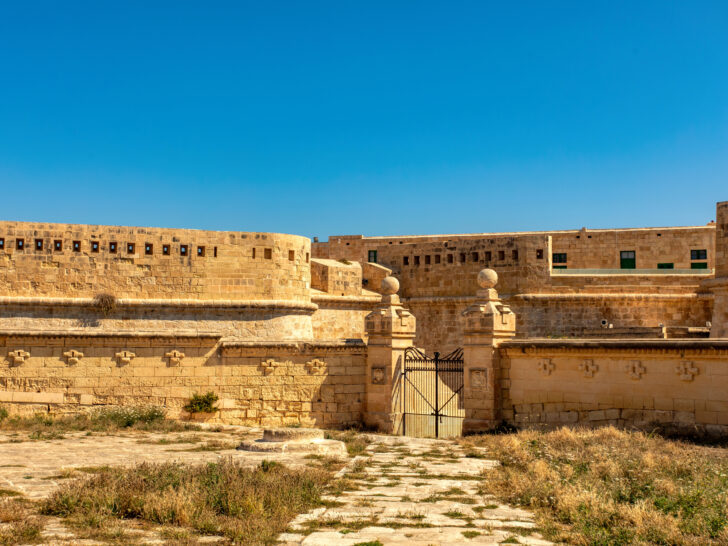
7) Fort St. Elmo
Fort St. Elmo played a pivotal role during the Great Siege of 1565 and offers magnificent views of the Grand Harbour. The National War Museum, housed within the fort, guides Malta’s military history. With exhibits showcasing artifacts from different periods, including World War II, a visit to Fort St. Elmo is highly recommended—plan for at least two and a half hours to fully appreciate everything.
Historical Significance
Valletta’s rich history is intricately linked to its founding by the Knights of St. John and its designation as a UNESCO World Heritage Site. Established in 1566 by Grandmaster Jean Parisot de la Valette, the city transformed from a barren peninsula into a fortified baroque masterpiece.
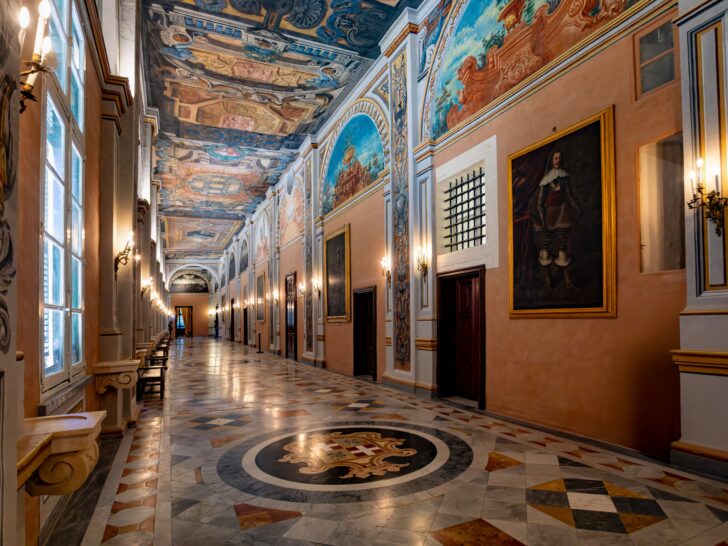
The city’s well-preserved baroque architecture and historical significance have earned it the prestigious UNESCO recognition. It boasts over 320 monuments within a compact area.
The city is brimming with remarkable cultural sites. Highlights include St. John’s Co-Cathedral, an architectural gem with a breathtaking interior and Caravaggio’s masterpiece, and The Malta Experience, offering an engaging overview of Malta’s history. Exploring these sites will enrich your visit to Valletta and provide a deeper understanding of its historical and cultural significance.
Closing Thoughts
Valletta’s rich history, striking architecture, and vibrant cultural scene promise an unforgettable experience. Whether you’re a history buff, a culture enthusiast, or simply searching for a beautiful getaway, Valletta’s charm and elegance will captivate you.

